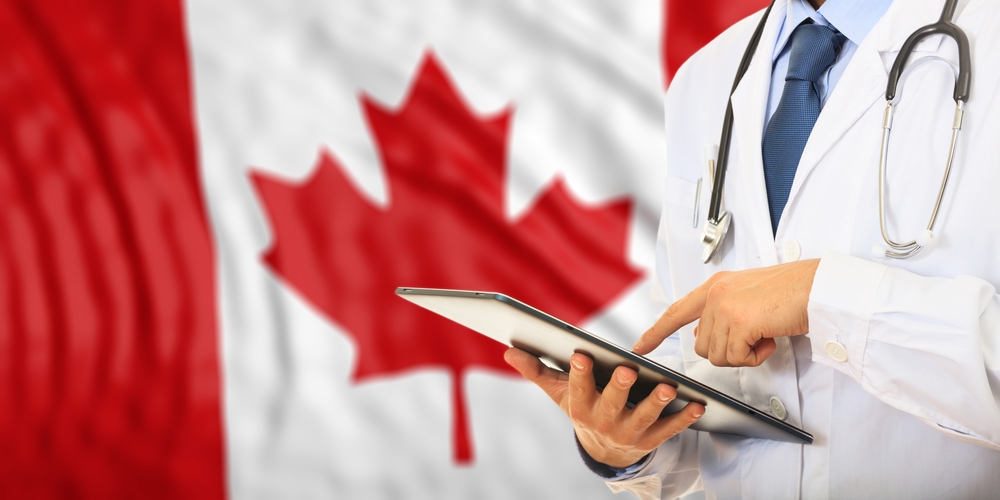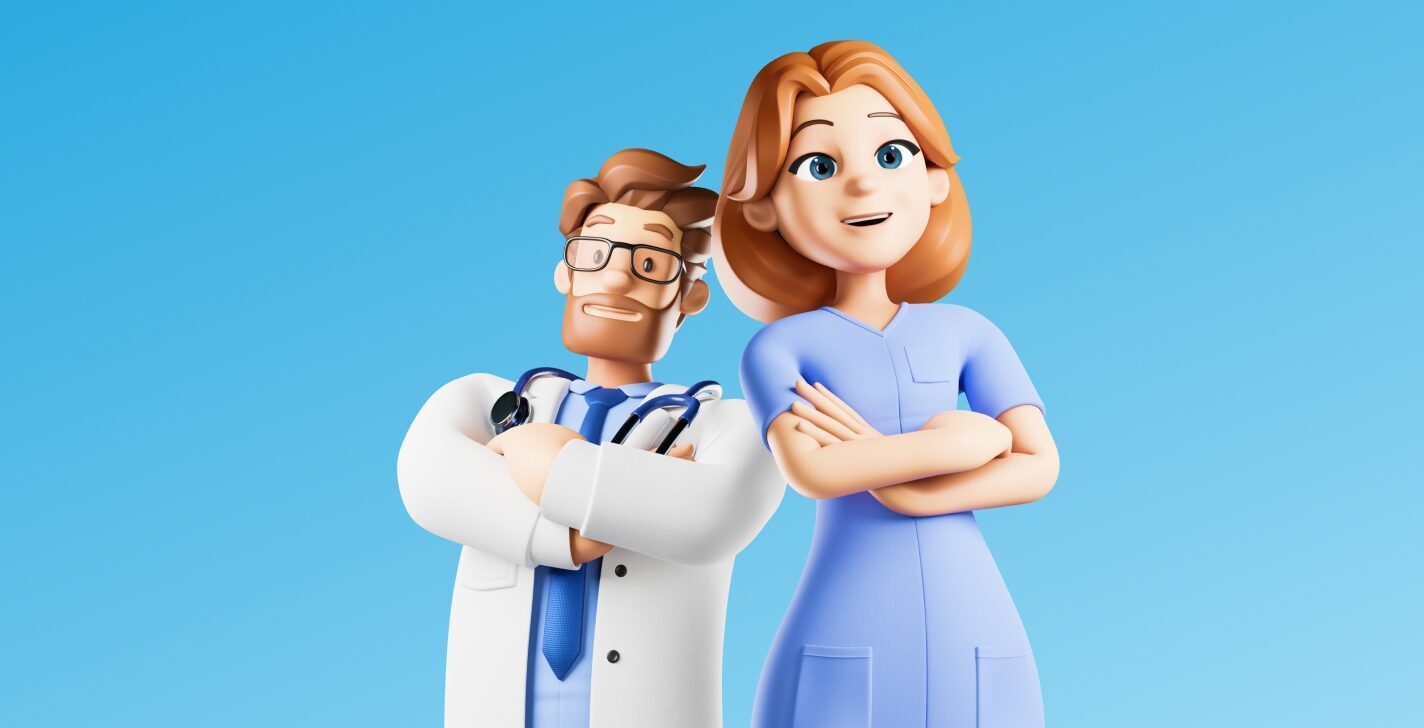
📖 Table of contents
This blog post was written by our medical student in Bratislava, Isabella Raber.
For many it is a dream to live in Canada Study medicine In addition to its friendly people, Canada has beautiful landscapes and large cities with modern hospitals. The North American country stretches over 9.98 billion square kilometres with just 17 medical faculties.
But how is the medical degree programme in Canada structured?
Unlike in Germany or Austria, medical studies in Canada are divided into an "undergraduate" and "graduate" programme. The "undergrad" programme, also known as "pre-med", lasts around three to five years and is completed with a Bachelor's degree. Subjects such as biology, chemistry or genetics are usually covered here in order to build up a good scientific foundation, which is important for later medical studies.
The requirements are not always the same
As the allocation of study places is not centralised as in Germany, but is carried out individually by each university, it should be noted that not every university in Canada has the same requirements when it comes to the choice of subjects for the Bachelor's degree or undergraduate degree. While the University of Ottawa requires the completion of organic chemistry in order to be accepted into the medical programme, Queen's University in Kingston does not. Information on university requirements and the assessment system can be found on each university's website.
The MCAT as a Canadian TMS
In addition to completing a Bachelor's degree, the so-called "medical college admission test", or MCAT for short, is also important. It is roughly comparable to the TMS ("Test for medical degree programmes") and consists of physics, chemistry, biology and linguistic comprehension. It lasts four hours and five minutes and can be repeated up to three times within 12 months if the result is insufficient. It should also be noted here that the MCAT is weighted differently at the individual universities and is not even included at some.
Graduate programme: Medicine really gets going now
If you have successfully completed the Bachelor's degree programme, you can now apply for a graduate programme, which is completed with the title "M.D.", short for Medical Doctor. This takes four years and is divided into a pre-clinical section and a clinical section. The focus here is on the medical aspect and research. The pre-clinical section includes the subjects of anatomy, histology, microbiology, physiology, ethics, genetics and epidemiology and provides the basis for the clinical section, which includes the subjects of internal medicine, family medicine (also known as family medicine), psychiatry and psychotherapy, Surgeryemergency medicine, paediatrics (children's medicine) and Gynaecology includes.
The Canadian Resident Matching Service (CaRMS) begins in the autumn of the final year of study. The medical students list their desired training as a medical specialist and the hospital in which they would like to work according to preference. The same happens for the hospitals. They also discreetly list the medical students they want to accept into their specialist programme. Ultimately, a programme on "Match Day" will decide which medical student will start working in which hospital and in which speciality. Becoming a doctor in Canada is also a long road with a few hurdles and a lot of competition for places. However, if you make it onto the medical programme, you will receive a high-quality education with exciting experiences and a great time, which will certainly not end with your studies, but will continue in the hospital.





